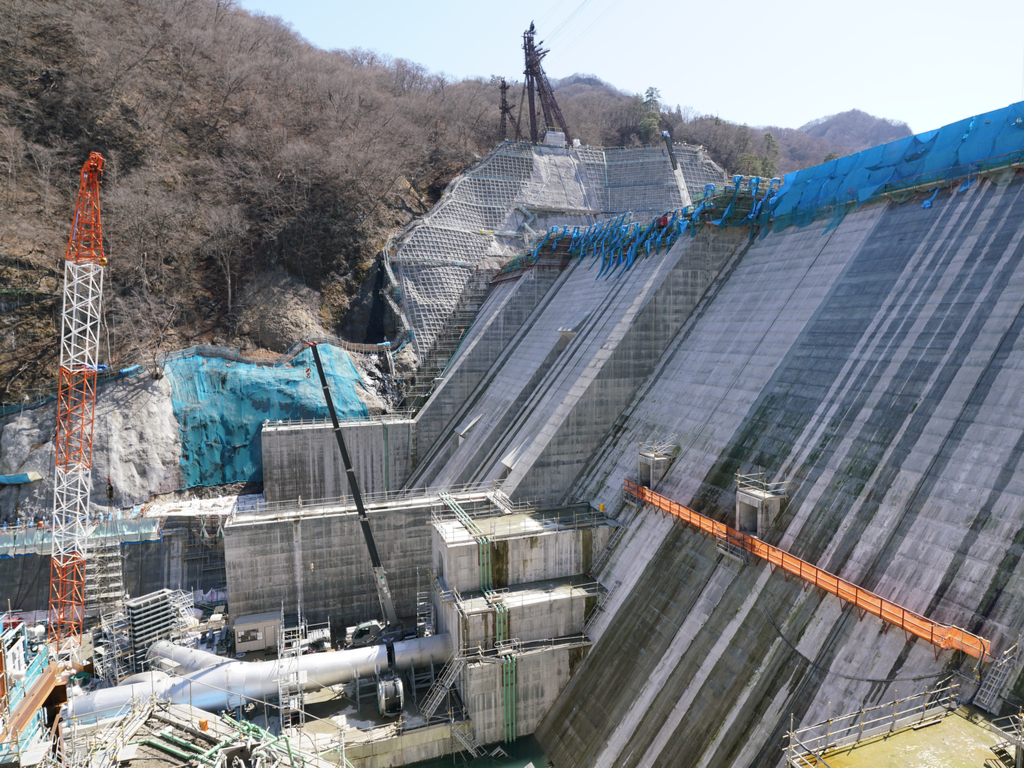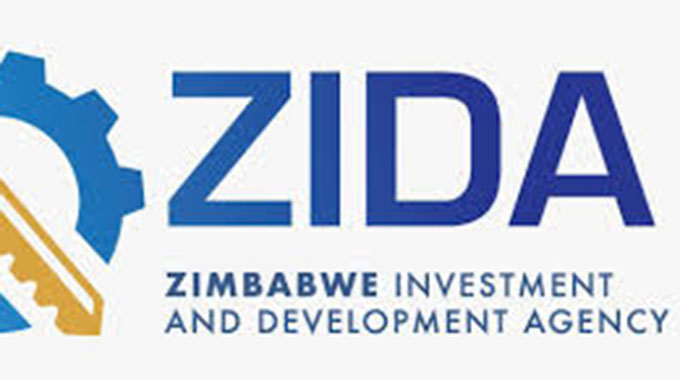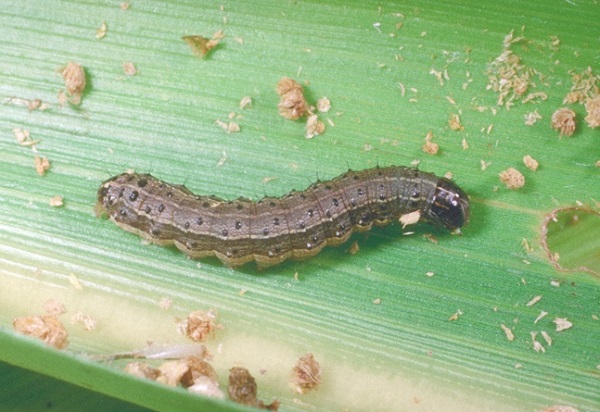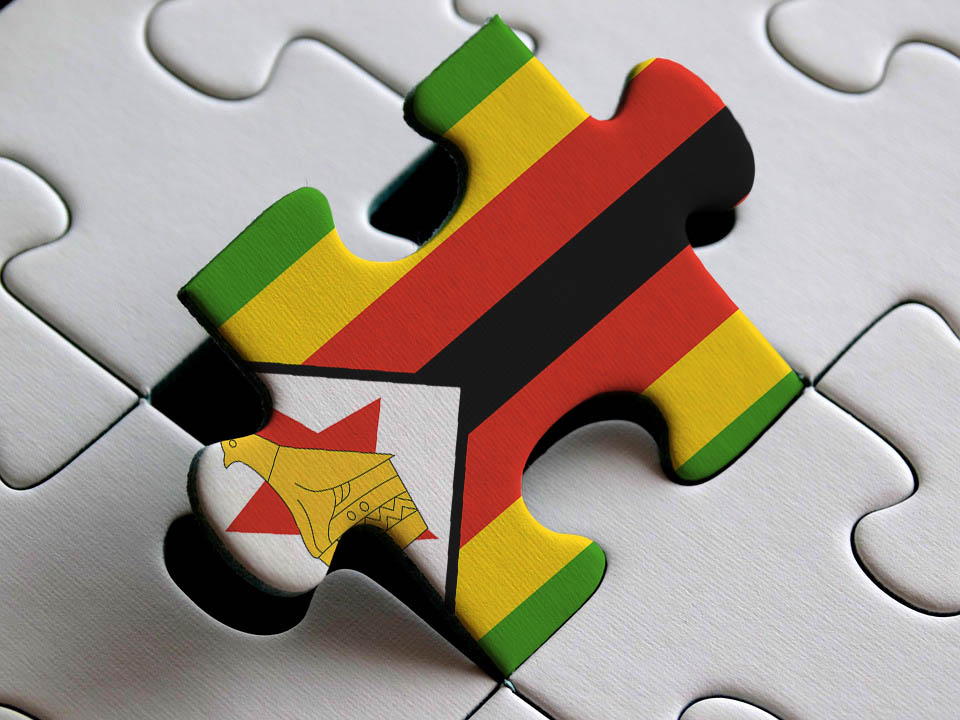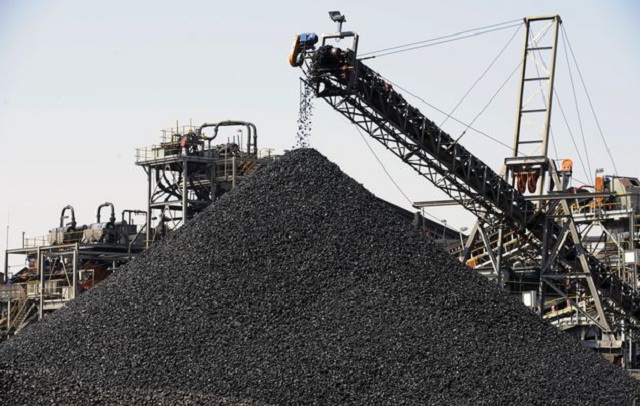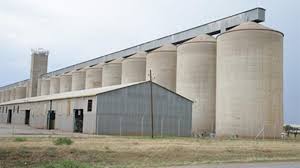Matabeleland North eyes 4pc GDP growth as investments rise
MATABELELAND North Province is targeting a four percent growth in its gross domestic product (GDP) this year, up from 3,9 percent in 2024, as it continues to attract promising investments, particularly in the mining sector.
On Friday, the province held its Provincial Development Committee meeting in Lupane, where various subcommittees presented their reports.
Key topics discussed included value addition and economic development, social development, infrastructure development, management of productive and natural resources and food and nutrition.
Matabeleland North Province’s permanent secretary, Ms Sithandiwe Ncube, said in an interview that all the priority thematic areas of work were drawn from the National Development Strategy.
She also mentioned that in 2024, the province recorded several significant investments, which are expected to boost its GDP.
“We have seen large companies investing in Matabeleland North, and some that were already established here have expanded their operations,” said Ms Ncube.
“We have identified gaps in value addition, and as a province, we need to focus more on that because the investments we have are primarily in extractive industries rather than production. Therefore, we aim to improve in that area.”
“We’ve also realised that we have great potential to increase our exports because we receive a large number of tourists in the province,” she added.
Ongoing expansion projects in Matabeleland North include the Zhongjin Heli Energy, which is building a coke oven plant and a thermal power station. The project is expected to be completed in the third quarter of 2025. The coke oven plant is 80 percent complete, up from 60 percent in the last quarter of 2024.
Also, the Kamativi Mining Company completed its second phase of the spodumene concentrate plant in December 2024 and has begun production. Dinson Colliery has completed the groundwork for the fifth and sixth phases of its coke battery expansion, while ZZCC’s coke oven plant is now 95 percent complete, up from 90 percent in the fourth quarter of last year.
However, despite the investment expansion and growth, some challenges remain, as highlighted by the subcommittees.
These include high regulatory fees, the intermediated money transfer tax (IMTT) on formal businesses, and value-added tax (VAT) returns due on the 15th of each month, with businesses requesting that the VAT deadline be moved to the 25th of each month.
Ms Ncube acknowledged that the province still faces gaps in infrastructure development, but expressed optimism about the efforts of the Second Republic.
“We are grateful for the Government’s efforts through the Second Republic led by President ED Mnangagwa to improve infrastructure. We now have the Gwayi-Tshangani Dam, one of the largest dams in the country, and we have been assured that its construction will be completed by the end of the year,” said Ms Ncube.
President Mnangagwa
“When the construction is completed, it will be a game changer for the economic development of the province. The master plan is finished, and we are now waiting for approval.”
Another large dam is under construction in Nkayi. According to the Zimbabwe National Water Authority, the reservoir is 81 percent complete.
“It includes an irrigation facility, so we still have gaps in health and education facilities, as well as in irrigation. We are working to increase the area under irrigation,” Ms Ncube said.
She stated that the main priorities for NDS1 and the priority thematic areas include food security, with a focus on ensuring people can produce their own food and sell it, provided water is readily available. -chroncile



